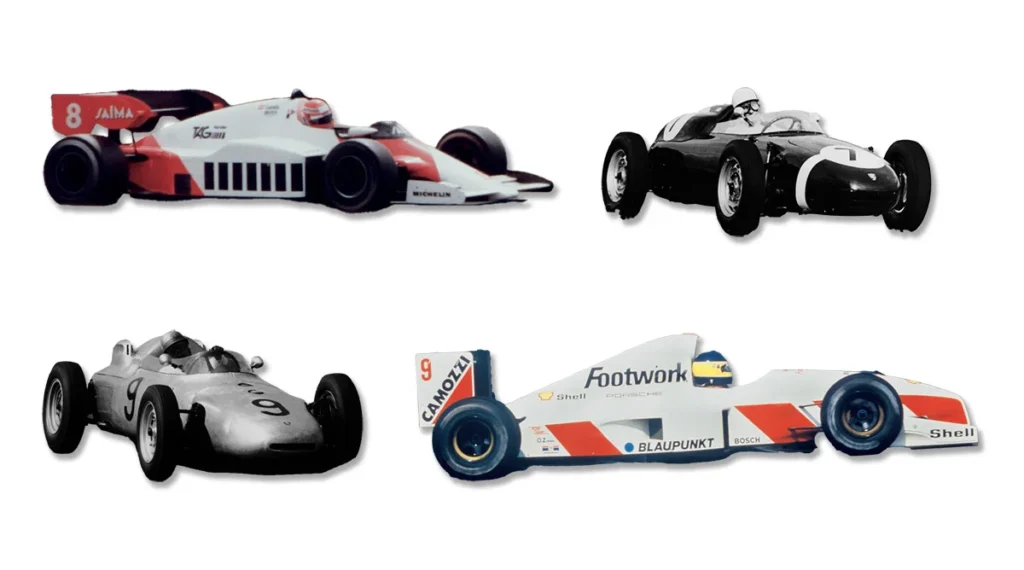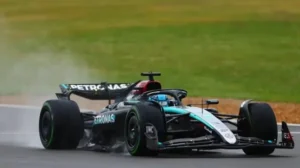In the world of Formula 1, the circuits are as iconic as the cars and drivers themselves. These tracks have witnessed the triumphs, tragedies, and intense battles that define the sport. From the narrow streets of Monaco to the high-speed straights of Monza, each circuit brings its unique challenges and history, making them beloved by fans and feared by drivers. In this article, we’ll explore the most legendary Formula 1 circuits, delving into their history, unique characteristics, and why they are central to the sport’s legacy.
Monaco Grand Prix – The Jewel of F1
Perhaps the most famous circuit in Formula 1, the Monaco Grand Prix is synonymous with glamour, prestige, and unparalleled driving skill. The race winds through the tight, twisting streets of Monte Carlo, offering little room for error. With its narrow track, elevation changes, and sharp corners, Monaco demands precision and patience from even the most experienced drivers. The race’s long-standing tradition, dating back to 1929, combined with its challenging layout, makes it a crown jewel in the Formula 1 calendar.
Monza – The Temple of Speed
Known as the “Temple of Speed,” Monza is one of the oldest and fastest circuits in Formula 1. Located near Milan, Italy, Monza has been a staple of the F1 calendar since the sport’s inception in 1950. Its long straights and high-speed corners, such as the legendary Parabolica, push cars to their limits, often resulting in some of the highest average speeds of the season. The passionate Tifosi (Ferrari fans) add to the electric atmosphere, making Monza a must-visit for any Formula 1 enthusiast.
Silverstone – The Home of British Motorsport
Silverstone holds a special place in the history of Formula 1 as the location of the very first World Championship Grand Prix in 1950. Situated in the United Kingdom, this circuit is revered for its high-speed corners like Maggots, Becketts, and Chapel, which test both driver skill and car performance. Silverstone’s combination of historical significance and challenging layout has solidified its reputation as one of the most respected circuits in Formula 1.
Suzuka – The Ultimate Driver’s Challenge
Located in Japan, Suzuka is one of the most demanding circuits on the Formula 1 calendar. Its unique figure-eight layout features a mix of high-speed corners, sharp hairpins, and the daunting 130R—a corner taken at breathtaking speeds. Suzuka’s complexity requires precision and concentration, making it a favorite among drivers. The circuit is also known for its enthusiastic fanbase and the dramatic races it has hosted, including several title-deciding moments.
Spa-Francorchamps – The Ardennes Rollercoaster
Nestled in the Belgian Ardennes, Spa-Francorchamps is one of the longest and most challenging circuits in Formula 1. Famous for its unpredictable weather and the iconic Eau Rouge corner, Spa is a true test of both man and machine. The track’s elevation changes and fast, sweeping corners make it a favorite among drivers and fans alike. Spa’s rich history and dramatic races have earned it a place as one of the most revered circuits in the sport.
Conclusion
These legendary circuits are more than just tracks; they are the lifeblood of Formula 1, each offering a unique blend of history, challenge, and excitement. Whether it’s the glamour of Monaco, the speed of Monza, or the technical demands of Suzuka, these circuits have played an integral role in shaping the history and culture of Formula 1.






